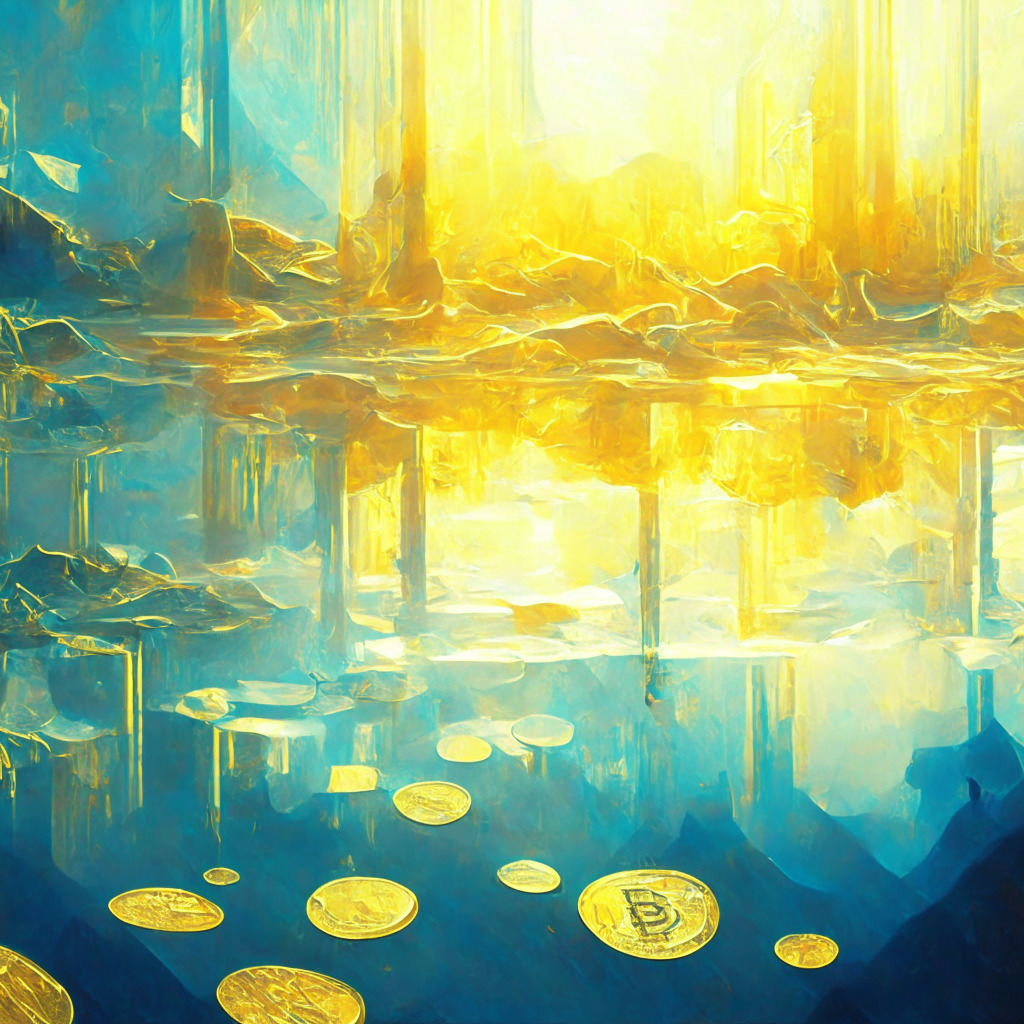BDO Italia’s recent attestation report for Tether disclosed that Bitcoin (BTC) constituted around $1.5 billion of the stablecoin issuer’s reserves, accounting for nearly 2% of the total, as of the end of the first quarter. In contrast to previous reports, the accounting firm listed Bitcoin as a separate line item.
The revelation indicates that Tether has discreetly started reinvesting some of its profits or excess reserves into Bitcoin, acquiring approximately 52,670 BTC in Q1. Additionally, the report introduced a line item for precious metals, showing that Tether holds about $3.4 billion worth of these assets, which makes up 4% of its total reserves.
Tether explained that it included details about its Bitcoin and precious metals holdings to enhance transparency for the holders of its USDT stablecoin. The company statement cited the introduction of separate reporting for physical gold, overnight repo, corporate bonds, and Bitcoin ownership as part of its efforts to increase clarity into Tether’s reserves.
On top of this, the announcement mentioned that Tether recorded $1.48 billion profits during the first quarter and boosted the circulation of its coin by 20%. Consequently, the company’s total reserves reached a record high of around $81.8 billion.
Though Tether’s latest growth is impressive, one cannot ignore the possibility that the decline of its main competitor, Circle’s US Dollar Coin (USDC), may have contributed to this expansion. USDC briefly lost its peg to the US dollar in the secondary market in March due to apprehensions about its connection to the failed Silicon Valley Bank. Although the coin swiftly regained its peg, its market cap has been shrinking since the incident.
Furthermore, Circle CEO Jeremy Allaire cited a purported US regulatory crackdown on cryptocurrencies as another factor behind USDC’s recent decline. This crackdown has undoubtedly impacted the entire crypto market, and stablecoins like Tether and USDC are no exception.
While Tether’s decision to invest in Bitcoin and precious metals has increased transparency and possibly strengthened its coin’s credibility, it also raises some concerns about potential risks associated with the vulnerability of these assets to market fluctuations – especially in times of market turmoil. As the crypto ecosystem continues to evolve, and stablecoins play a more significant role, it remains essential for issuers to maintain transparency and reduce potential risks to ensure their coins’ stability and overall success.
Source: Cointelegraph




